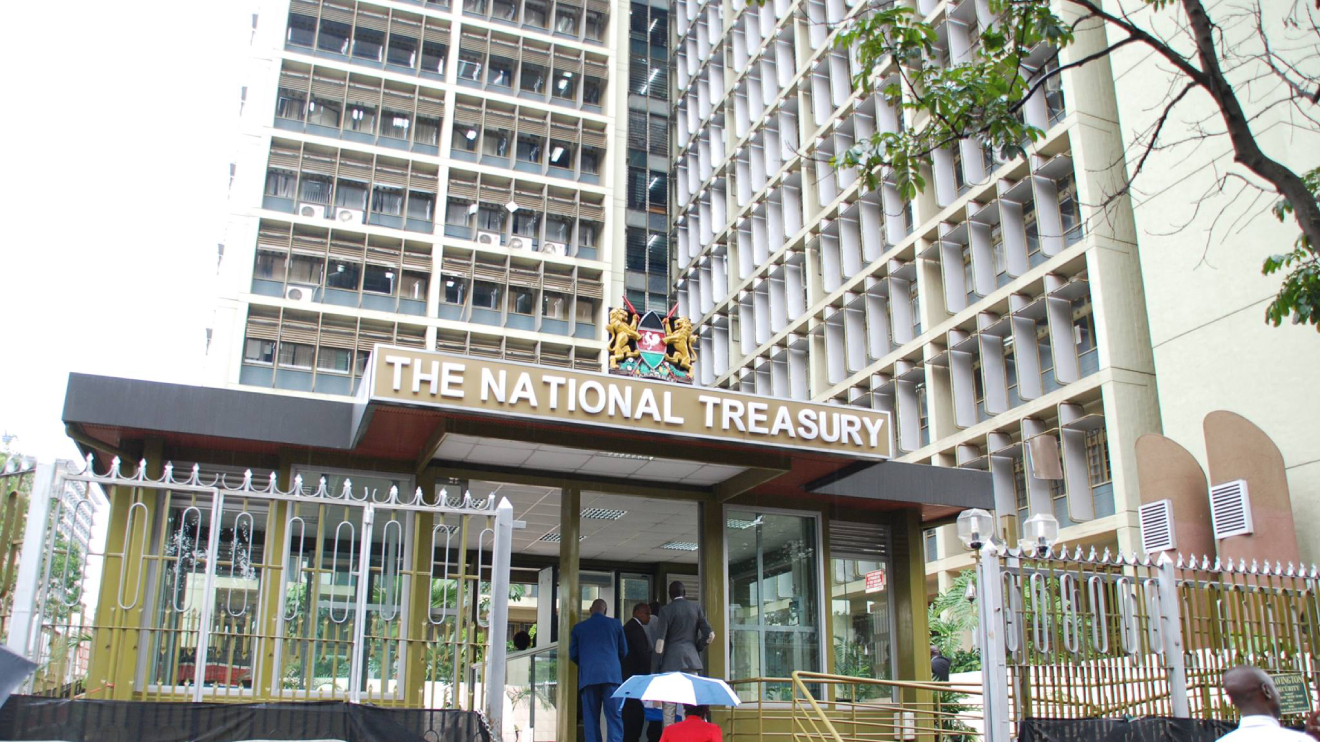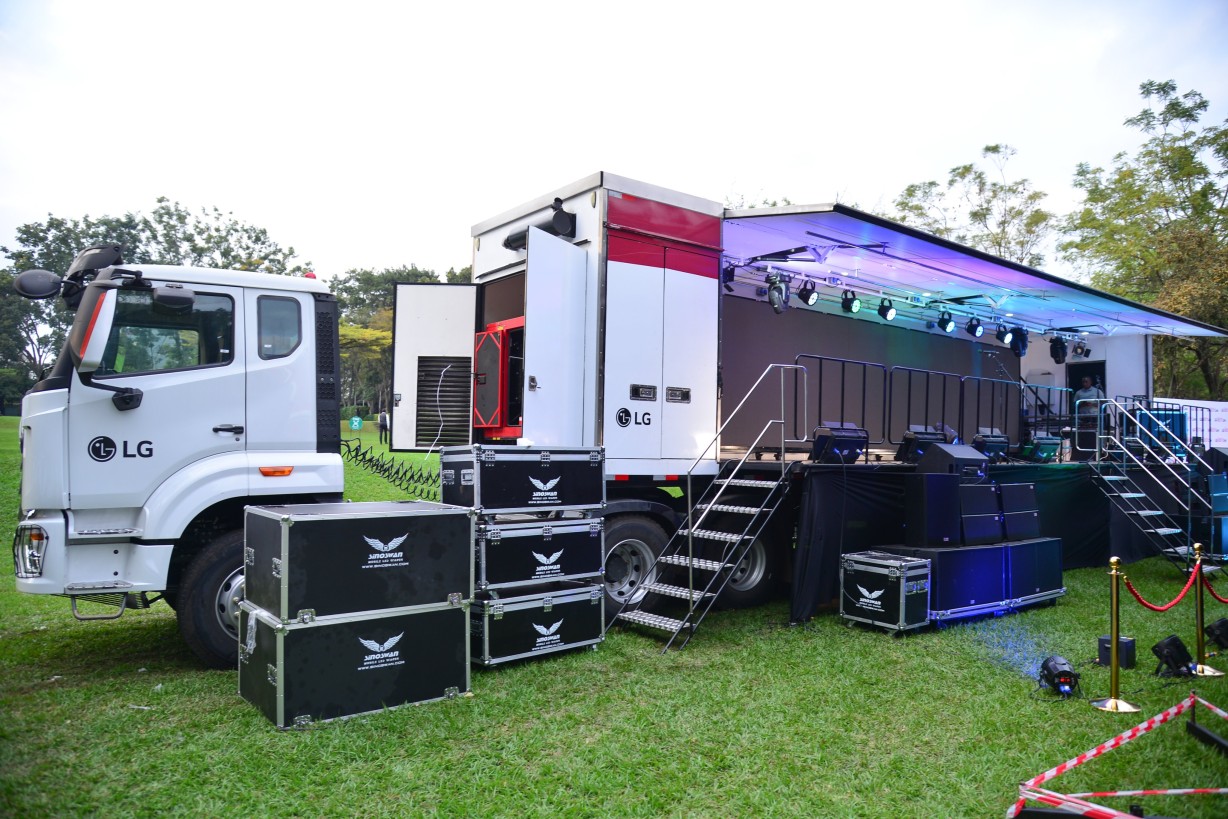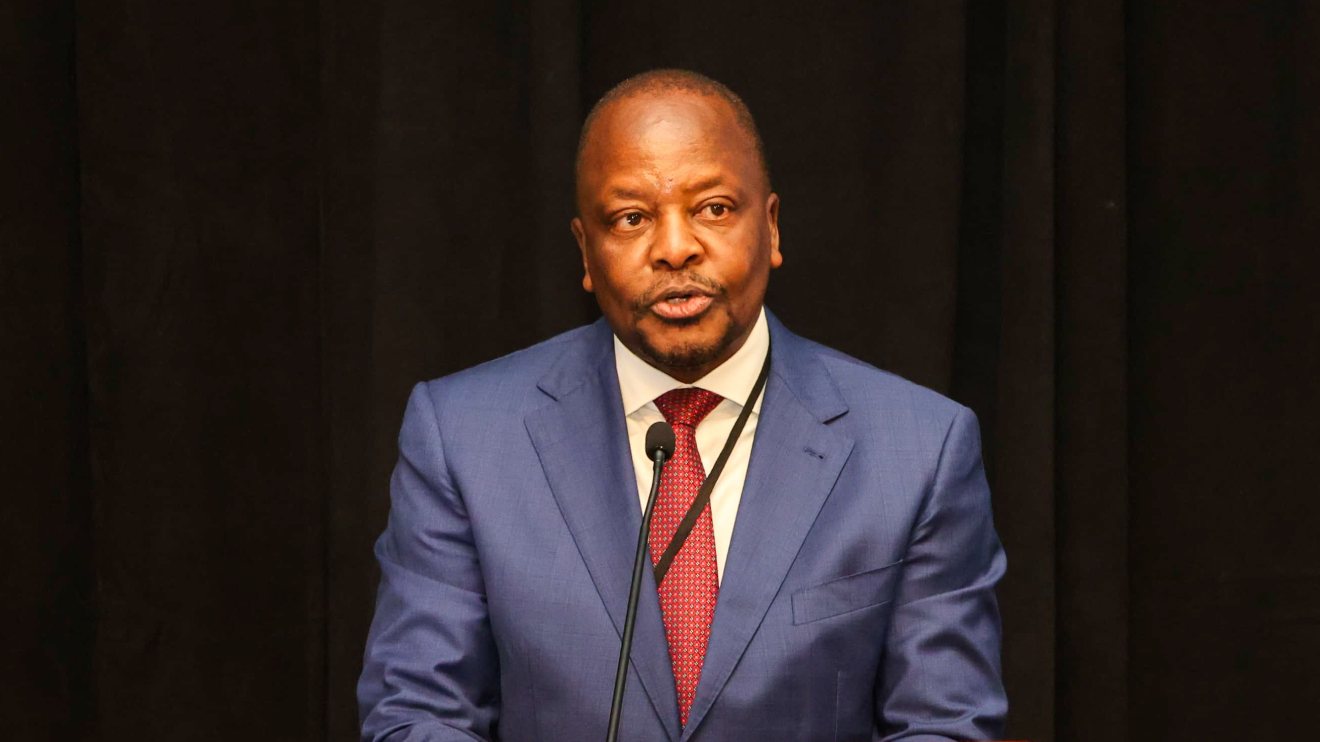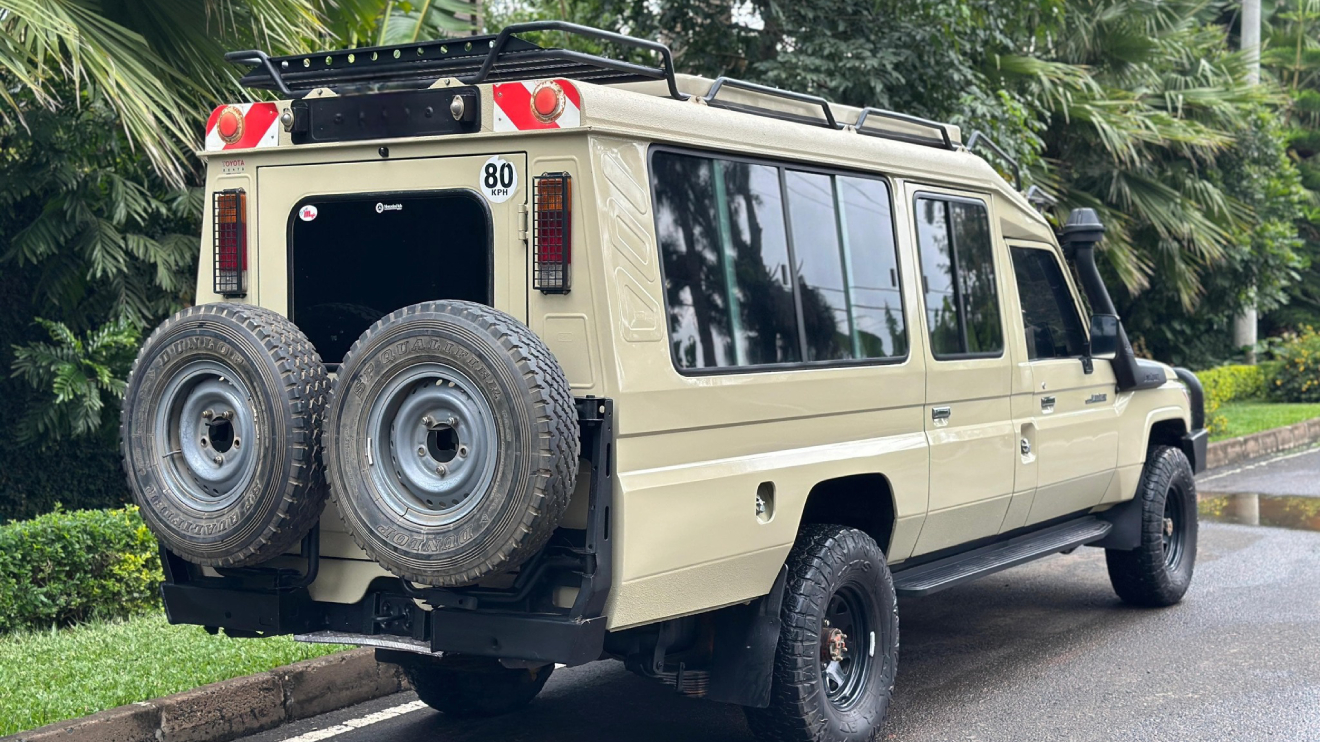Micro, Small and Medium Enterprises (MSMEs) have secured Sh2.625 billion in financing over the past year under the Supporting Access to Finance and Enterprise Recovery (SAFER) Project, an initiative led by the National Treasury in collaboration with the Kenya Development Corporation (KDC).
The project, which carries a Sh7.1 billion budget over five years, was created to bridge funding gaps that widened during the COVID-19 pandemic.
In its first year, KDC confirmed that the scheme reached nearly 37,000 businesses across 32 counties.
KDC highlighted the role of women in the recovery effort.
“Of these, 12,221 are women, with 28.8 per cent of loans extended to women-owned enterprises,” the corporation said.
Read More
The agency also noted that part of the financing has been channelled into environmentally conscious ventures.
“About 9.7 per cent of the total financing has gone into green economy and climate-smart projects,” KDC added.
Funding is being distributed through participating financial institutions (PFIs). These institutions are also receiving technical assistance to improve their internal systems and risk management.
Under the project rules, PFIs are required to integrate Environmental, Social, and Governance (ESG) standards into their lending processes by carrying out environmental and social risk checks before issuing loans.
Programme officials explained that this design is meant to promote both resilience and long-term sustainability.
They further pointed to plans for a Digital Lending Window, which will be absorbed into the initiative to expand access to affordable finance.
By using digital platforms, the new component is expected to improve financial inclusion and speed up lending to entrepreneurs often overlooked by traditional banks.
Kenya’s MSME sector accounts for more than a third of GDP and provides the majority of private-sector employment.
Yet, access to affordable credit has remained one of its biggest challenges.
Treasury officials view the SAFER Project as a tool for economic recovery that blends resilience-building with climate-friendly and inclusive financing models.






-1757243598.jpg)